

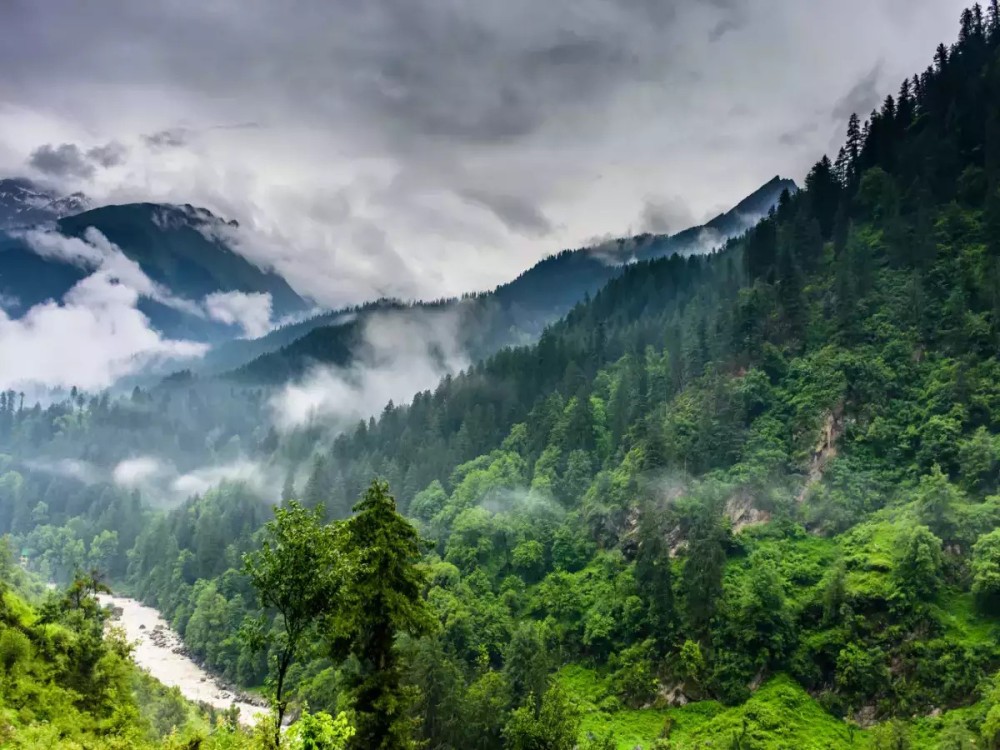
The Great Himalayan National Park (GHNP) is home to over 375 species of fauna, including the rare snow leopard, the Himalayan brown bear, and the western tragopan. The park is also home to around 31 species of mammals, 181 species of birds, 3 species of reptiles, and 9 species of amphibians. Some of the commonly spotted animals include the bharal (blue sheep), goral, serow, musk deer, and the Himalayan tahr.
In addition to the wildlife, the park is known for its scenic beauty, with its snow-capped peaks, glaciers, waterfalls, and meadows. There are also several trekking routes that pass through the park, including the Sainj-Tirthan Valley trek, the Sainj Valley trek, and the Parvati Valley trek. These treks offer breathtaking views of the surrounding mountains and valleys.
The park is also home to several traditional villages, where visitors can learn about the local culture and way of life. Some of the villages that are worth a visit include Shakti, Gushaini, and Rolla.
Overall, the Great Himalayan National Park is a must-visit destination for anyone who loves nature and wants to experience the beauty of the Himalayas up close.
The Great Himalayan National Park was established in 1984 and was formally declared as a national park in 1999. It was created to conserve the flora, fauna, and the cultural heritage of the Kullu region in the Western Himalayas. The park is spread over an area of 1,171 square kilometres and is located in the Kullu district of Himachal Pradesh, India. The park was declared a UNESCO World Heritage Site in 2014 for its unique biodiversity and ecological significance. The park is home to several endangered and rare species of animals and plants, making it a popular destination for nature lovers and wildlife enthusiasts.
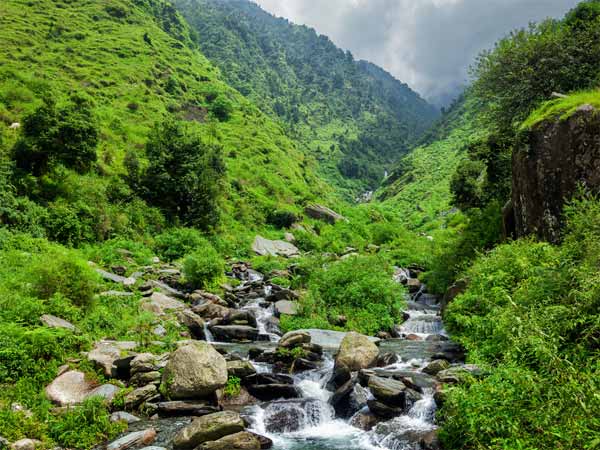
The Great Himalayan National Park is easily accessible via railways, roadways, and airways.
Airways-
The nearest airport to Great Himalayan National Park is Bhuntar Airport in Kullu, which is about 50 km away. From the airport, you can hire a taxi or take a bus to reach the park.
Railways-
The nearest railway station to reach Great Himalayan National Park is Joginder Nagar railway station, located at a distance of approximately 144 km. From the railway station, you can hire a taxi or take a bus to reach the park. However, the railway connectivity to Joginder Nagar is limited and not as frequent as other cities. The major railway station nearby is Chandigarh Railway Station, which is about 312 km away from the park. From the railway station, you can hire a taxi or take a bus to reach the park.
Roadways-
The park is easily accessible via a 10-12 hour drive from Delhi, Chandigarh or Shimla. Private taxis and buses are available for hire from these cities to reach the park. The nearest railway station is Ambala Cantt, which is around 200 km from the park, and the nearest airport is in Bhuntar, about 60 km away.
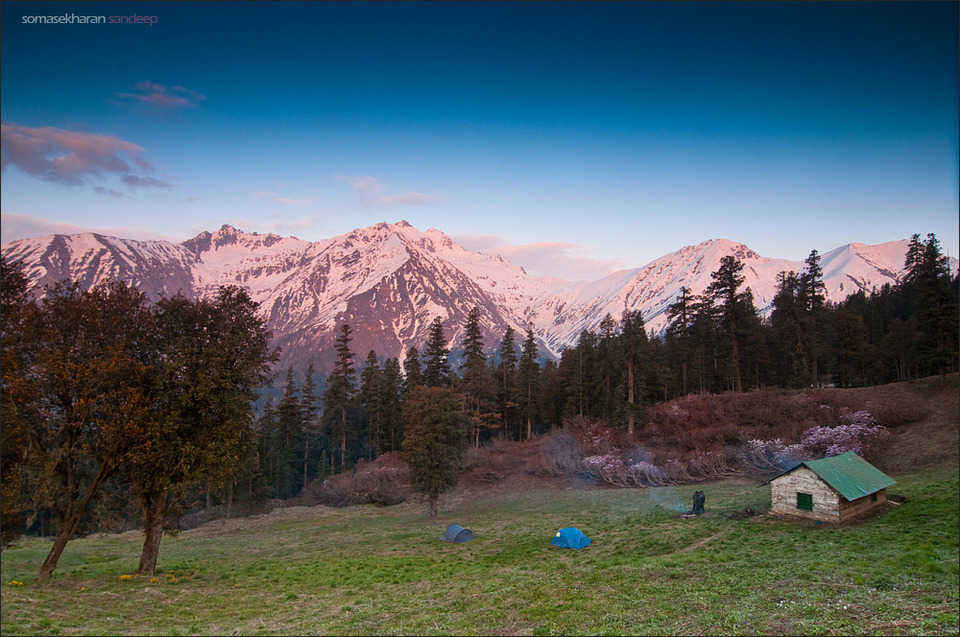
The climate of Great Himalayan National Park varies greatly depending on the season. Summers (April-June) are mild with temperatures ranging from 10°C to 25°C. Monsoon season (July-September) brings heavy rainfall, which may cause landslides and disrupt travel. Winters (October-March) can be quite chilly with temperatures dropping below freezing point. The best time to visit the Great Himalayan National Park is from March to June and September to November when the weather is pleasant and suitable for outdoor activities.
The ideal days to stay in the Great Himalayan National Park depend on the activities you plan to undertake. If you plan on trekking and exploring the park's various trails, then you may want to stay for at least 3-4 days. However, if you only plan to take a short hike or visit the park for bird watching, you can stay for 1-2 days.
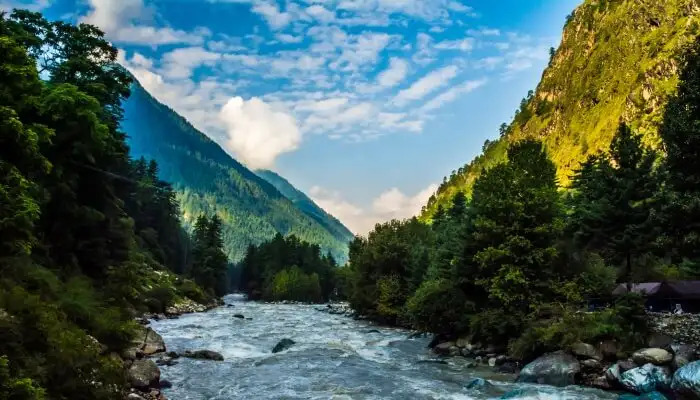
Some of the top attractions to explore in the Great Himalayan National Park are:
Note: Some of these attractions may require permits or additional fees.
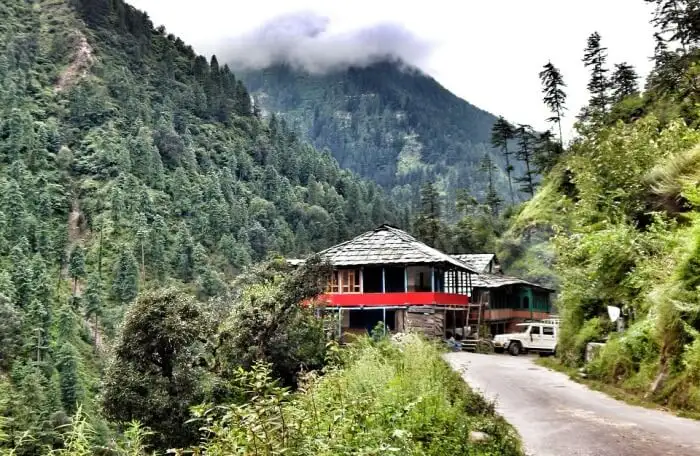
There are several accommodation options available near the Great Himalayan National Park. Some popular ones include:
It is recommended to book accommodation in advance, especially during peak season.